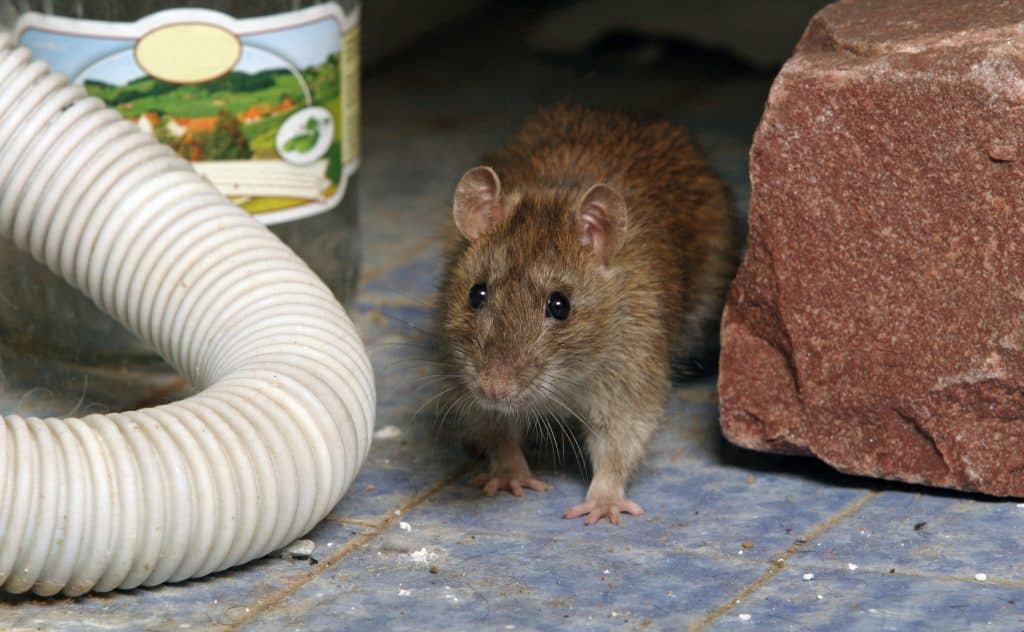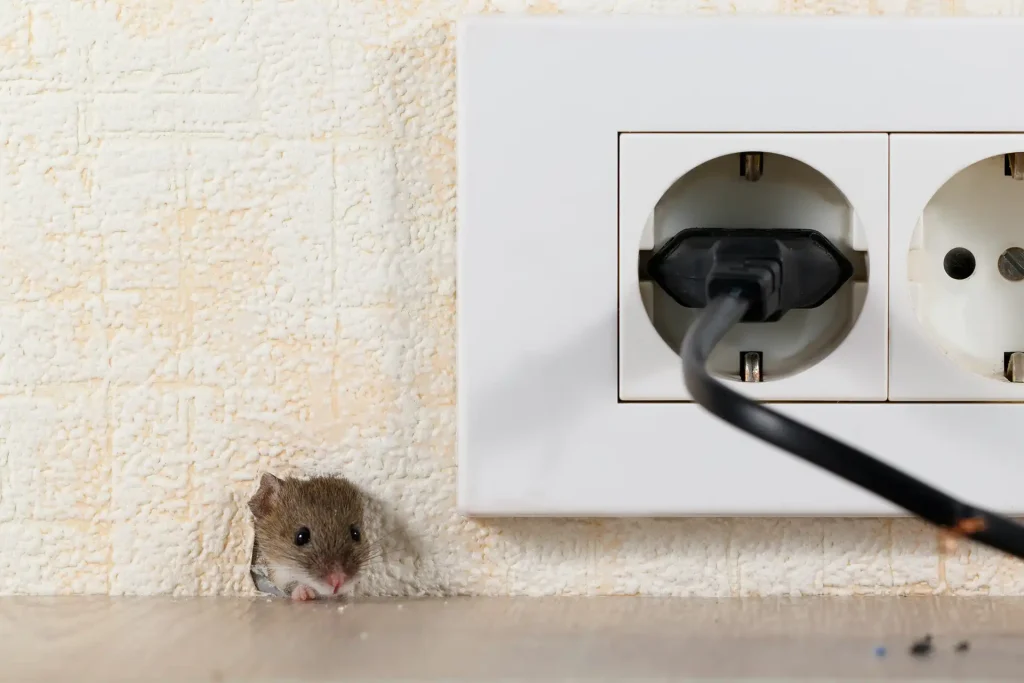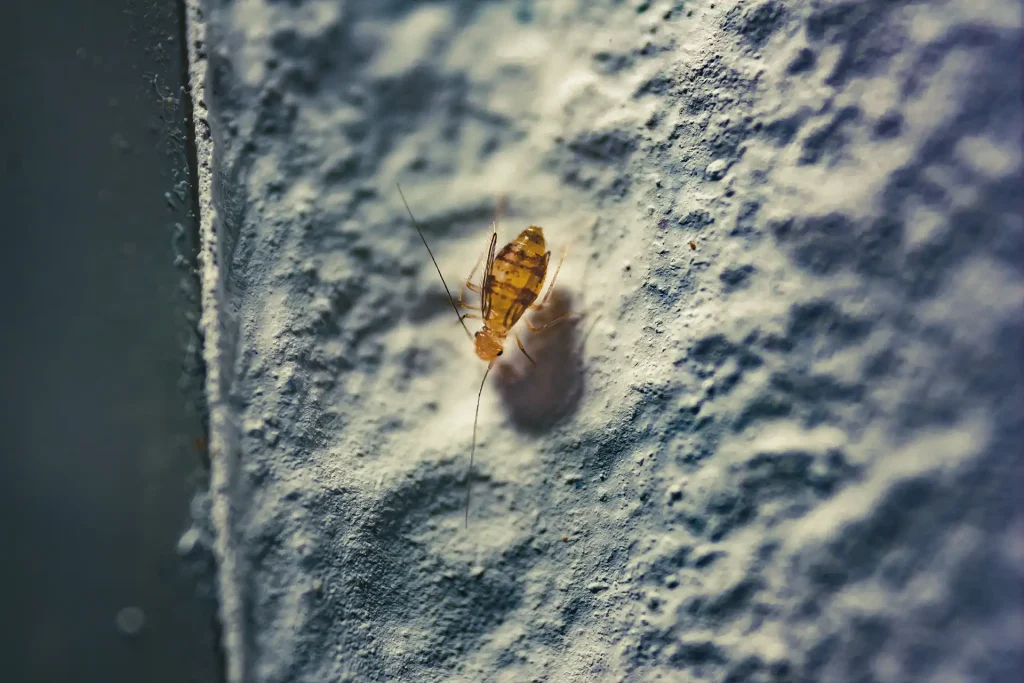Do you ever find flies in your home? If so, then a fly trap may help get rid of flies. It is a cheaper, accessible solution for fly control in Singapore. Although professional pest control service is the surefire method of exterminating flying pests, fly traps can help deter the proliferation of flies on your property.
Understanding flies and their behaviour
First and foremost, for any fly control method to work, you need to know these facts about flies.
- Flies like warm temperatures.
- They are most active in the morning.
- Flies eat waste where they get the pathogens in their mouths and legs.
- They transfer pathogens to food that they landed on.
- The common housefly can spread cholera, typhoid fever, and E. coli among others.
Related: How to Get Rid of Flies From Your Home or Place of Business?
Using fly traps for fly control
Like ant control in Singapore homes, there are a few tricks to get rid of flies yourself. One of these is using fly traps. These can help in addressing the fly problem as long as you pick the right fly trap for the job. Flytraps are a great idea for any house and can be found at any hardware store.
Types of fly traps
Flytraps are available in many types. Some of them are sticky papers, bottles with an open-ended top, or more durable fly zappers. They can vary in methods of eradicating flies. While other work by luring and trapping flies to kill them, others can electrocute the flying insect thereby killing them instantly.
When using fly traps, you have to choose what’s appropriate for your needs. Should you use it indoors or outdoors? Or you need something that can take care of the problem anywhere in your home.
-
Indoor fly traps
How to get rid of flies indoors? Use an indoor flytrap. This kind of flytrap contains odorless chemicals that don’t bother humans. They are safe to use indoors. They can have sticky surfaces that trap flies, a bait to draw flies into a funnel where they can’t escape or have attractive lights that lure the pests and traps them inside.
-
Outdoor fly traps
Designed for outdoor use, these fly traps can catch a lot of flies. They are equipped with scented liquids that lure flies in. Once they are inside, they die from consuming the liquid or from struggling to get out. So, if you want a method on how to get rid of flies outside, get the outdoor fly trap. You can buy a reusable one or make one for your use.
-
Ultraviolet (UV) bug-zappers
If flies abound on your property, installing electric fly traps can be beneficial. You can use them both indoors and outdoors. They have lights that draw flying insects like flies, moths, and mosquitoes. Once they touch the device, they are electrocuted and die.
The best method for fly control
Flytraps are a temporary solution for the fly issue. Yet when you have a fly infestation in your hands, they can’t deal with flies once and for all. Flies are a constant nuisance that is best dealt with by a specific fly control treatment program.
Stop stressing yourself with your fly problem. Let a specialist in NEA pest control in Singapore get rid of flies for you.








